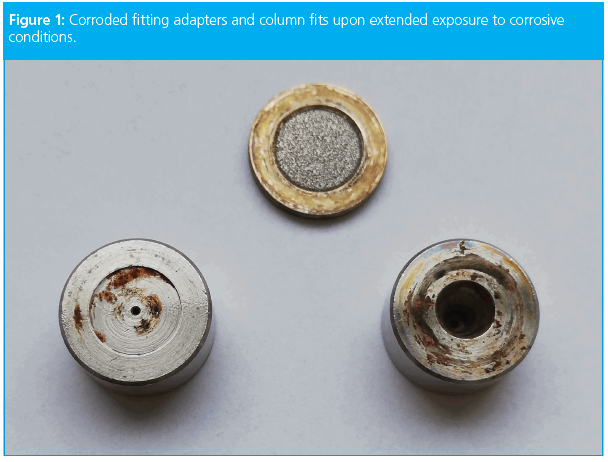Miniaturized Liquid Chromatography Analysis of Dietary Supplements
Researchers have evaluated three different miniaturized liquid chromatography (LC) instruments for the analysis of caffeine in dietary supplements (1).
The range of dietary supplements available to consumers has exploded in recent years, with sellers purporting a broad spectrum of properties such as anti-ageing, stimulating, fat-burning, and various other health‑related benefits, with new formulations being developed regularly. Botanical species are of particular concern because of their perceived safety to many consumers and the fact they fall under the category of food as they are derived from plants. As such, the regulations for their preparation, distribution, and labelling are not as strict as those established for pharmaceutical products. Unlike pharmaceuticals, the amount of active ingredients within these products may not be specified. One of the more prominent components in these types of products is caffeine. A potent central nervous system stimulant with many effects on the body’s metabolism and naturally present in plants such as coffee or tea, the amount of caffeine in the raw product can vary widely. The consequence of which being that even if the amount of botanical species used is specified, the accurate amount of caffeine in the final product is unknown.
There are several different risks associated with high intake of caffeine, and an increasing demand for analytical methods that can evaluate the quality, effectiveness, and safety of dietary supplements and their caffeine content. Unfortunately, many of the reported methods for the study of such supplements employ sophisticated instrumentation that may not be suitable for routine tests. Therefore, researchers aimed to develop a simple and rapid method that could facilitate better control for dietary supplements.
The study focused on three miniaturized LC instruments: a benchtop capillary LC (capLC) system, a benchtop nano LC (nanoLC) system, and a portable LC system, evaluating and comparing them for the analysis of caffeine in dietary supplements.
Commercial products derived from different sources of caffeine were analyzed and researchers found that methods based on benchtop systems were superior in terms of sensitivity; however, the portable LC-based method was superior in terms of simplicity and throughput, with a total analysis time of below 15 min. Utilizing the obtained results, researchers developed a new method for the rapid measurement of caffeine in dietary supplements by portable miniaturized LC. The method provided good linearity within the 1–20 μg/mL interval, and it allowed the quantification of caffeine even in products derived from decaffeinated green coffee extracts. The researchers believe the proposed portable LC-based method can be used as a simple and rapid alternative to estimate the quality, effectiveness, and safety of dietary supplements, with regards to their caffeine content.—L.B.
References
- C. Soto, H.D. Ponce-Rodríguez, J. Verdú-Andrés, et al., J. Chromatogr. A 1664, 462770 (2022).

A Novel LC–QTOF-MS DIA Method for Pesticide Quantification and Screening in Agricultural Waters
May 8th 2025Scientists from the University of Santiago de Compostela developed a liquid chromatography quadrupole time-of-flight mass spectrometry (LC–QTOF-MS) operated in data-independent acquisition (DIA) mode for pesticide quantification in agriculturally impacted waters.
Investigating 3D-Printable Stationary Phases in Liquid Chromatography
May 7th 20253D printing technology has potential in chromatography, but a major challenge is developing materials with both high porosity and robust mechanical properties. Recently, scientists compared the separation performances of eight different 3D printable stationary phases.

.png&w=3840&q=75)

.png&w=3840&q=75)



.png&w=3840&q=75)



.png&w=3840&q=75)















